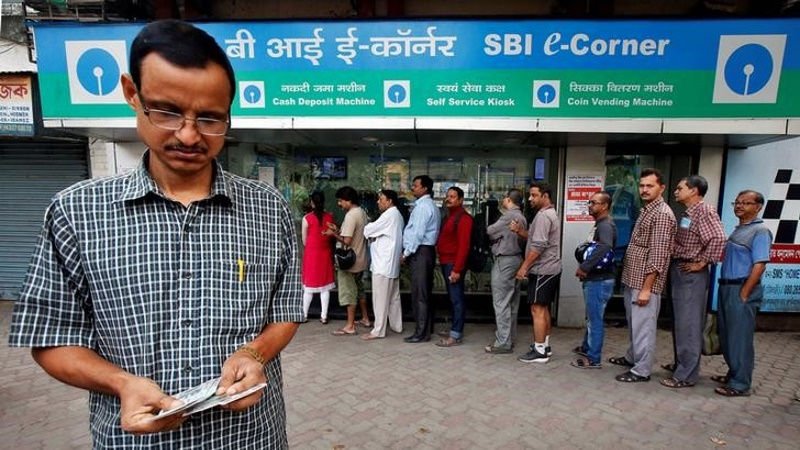
Creating an online marketing strategy to get more customers can be a great step for your business. But creating an online marketing strategy that will help you consistently bring in and keep customers can help you keep your business going for the long run. For tips on creating an online marketing strategy that will work for the future of your business, check out what members of the online small business community have to say.
Use These Essential Elements for Your Inbound Marketing Strategy
There’s a lot that goes into creating a successful inbound marketing strategy. But there are some factors that are absolutely essential, like the nine elements mentioned in this post by Joanne Chong on the RankReveal blog.
Learn About Conversions to Get More of Them
When it comes to making sales, conversions are paramount. But there are different types of conversion strategies to consider. In this Kissmetrics post, Sherice Jacob outlines the different types and explains why they matter so you can create a strategy to improve your own conversion rates.
Write Better Content with These Pro Tips
Content marketing can be a powerful way to attract potential customers. But you need your content to be powerful if you want actual results. This Digital Current post by Rebekah Radice includes some tips from the pros about writing better content. And members of the BizSugar community shared thoughts on the post here.
Develop a Powerful Social Chain
If you are able to build powerful social connections online, you can improve your chances of making constant sales for your business. This post by Pamela Swift on Getentrepreneurial.com includesinformation about building a powerful social chain for your small business.
Consider the Top Email Marketing Tools for Your Business
Email marketing is an essential part of any ongoing online marketing strategy. But there are plenty of different solutions to consider. Vinay Patankar compares some of the top options in this Process Street post.
Decrease Your Ad Spend Without Compromising Results
Paid advertising can provide a major boost to your online marketing efforts. But it can also get expensive. In this post, Neil Patel shares an insider’s guide for how you can decrease your ad spend by more than half.
Use Mobile Marketing to Elicit Behavior Change
Mobile technology has changed the landscape of online marketing. And it can also help you elicit specific behaviors from potential customers when used properly, as this Noobpreneur post by Ivan Widjaya explains.
Test and Perfect Your PPC Strategy
Making the most of PPC advertising can take some trial and error. But if you know how to test different approaches, you can perfect your own strategy. Learn more in this Search Engine Land post by Andreas Reiffen.
Use Tailored Tweets to Find Relevant Content
Twitter isn’t just a great marketing tool. It can also help you find content that’s relevant to your business. And tailored tweets is a feature that can help, according to this Inspire to Thrive post by Lisa Sicard. You can also see commentary on the post over on BizSugar.
Get an Endless Supply of Blog Post Ideas
If you use blogging as part of your online marketing strategy, you might sometimes find it difficult to come up with new ideas. But you can consistently come up with new ideas using the tips in this DIY Marketers post by Marsha Kelly.
If you’d like to suggest your favorite small business content to be considered for an upcoming community roundup, please send your news tips to: [email protected].
[“Source-smallbiztrends”]









